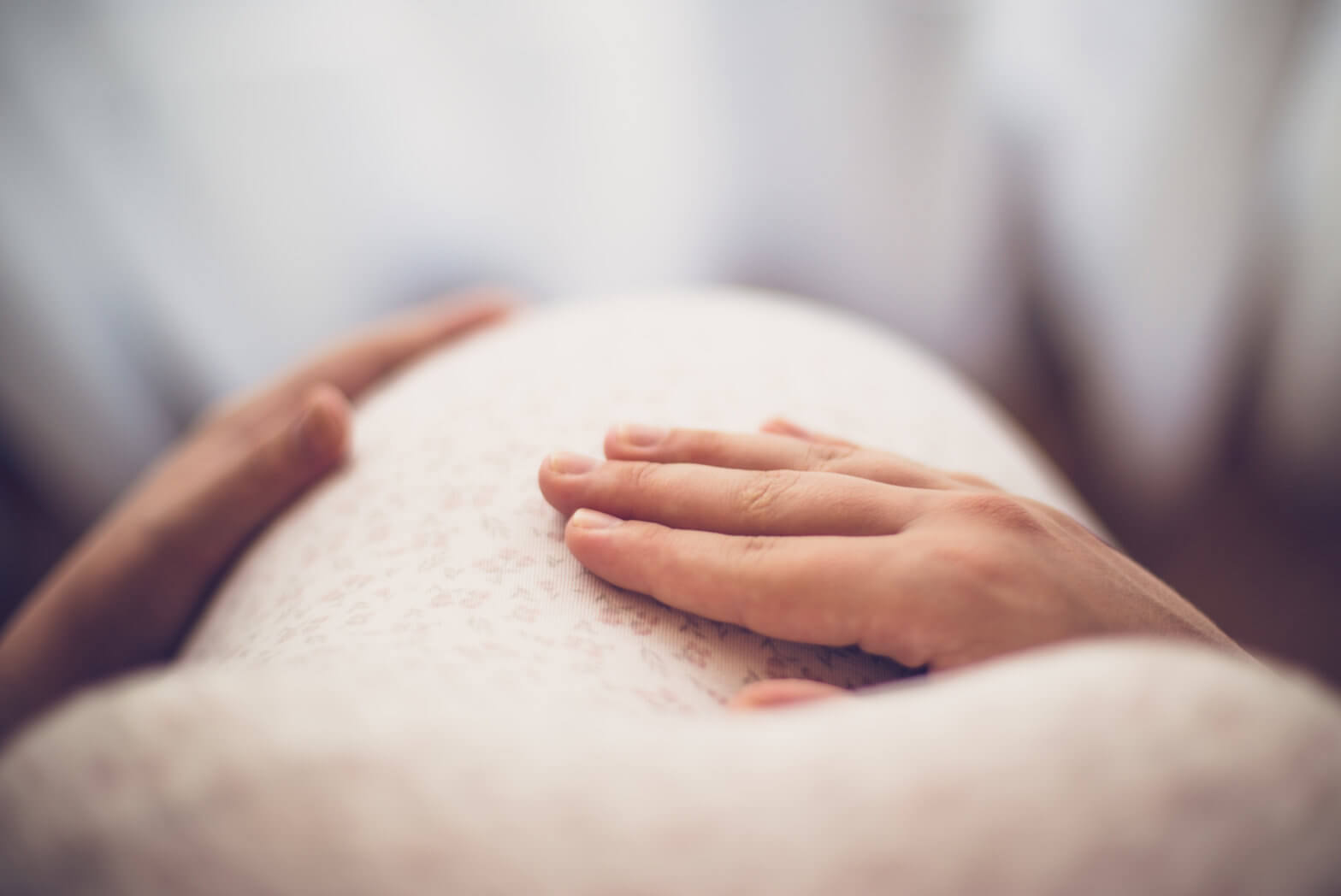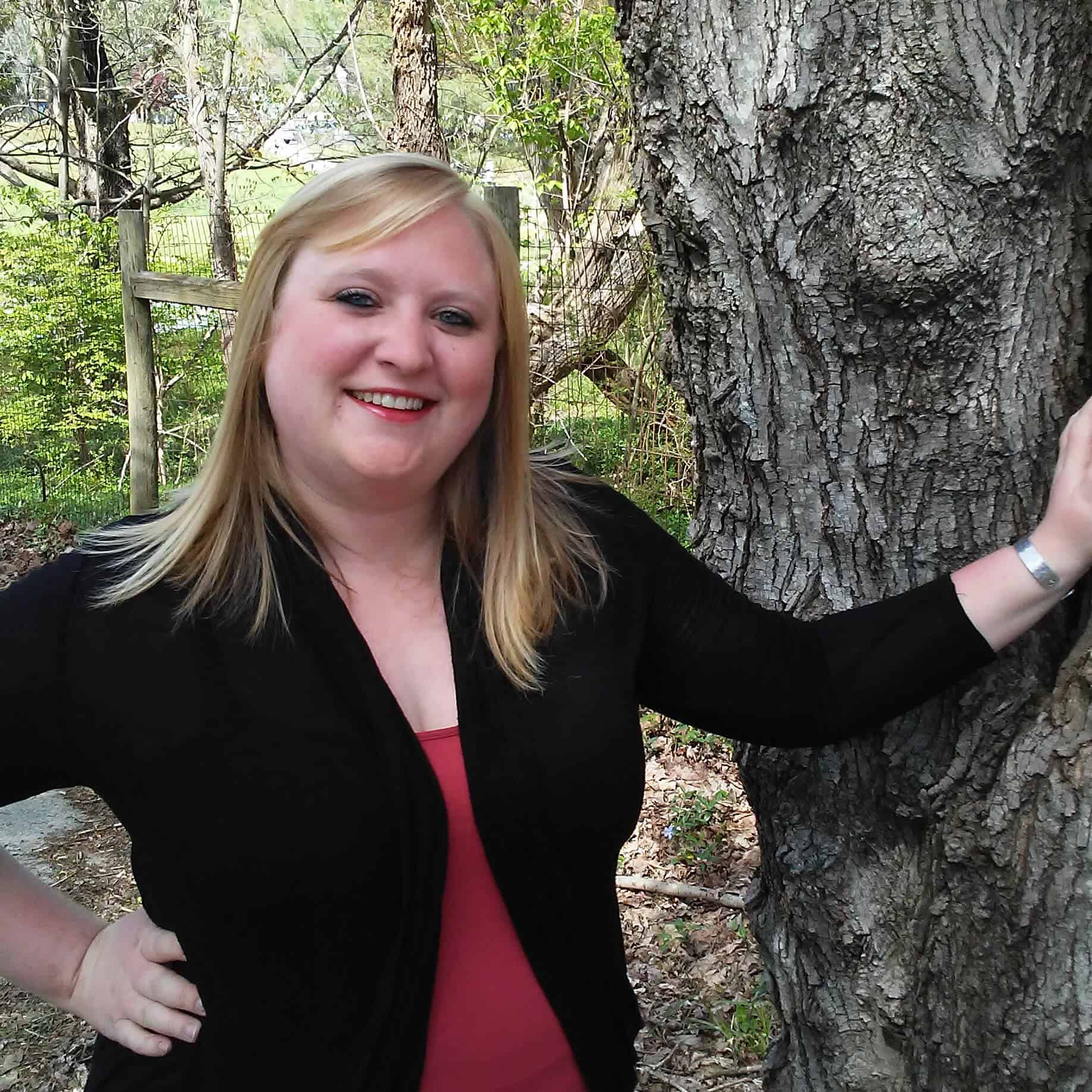America’s history of adoption has continued to evolve, but many of the most important facts about adoption remain unknown to the general public.
Unfortunately, there are still many misconceptions about adoption that continue today.
We want to help put a stop to these myths and misconceptions. Misinformation can cause serious harm, especially if you are a prospective birth mother considering adoption. Through important adoption statistics and information, we want to help bring positive light to the modern adoption process and show you how it can be the best option for you.
You can speak with an adoption professional to learn more today by contacting us online. We want to help you make the best choice for you.
Birth Mother Myths
Birth mothers are teenagers.
Birth mothers come from many walks of life. There are birth mothers in their 20s, there are birth mothers who are older, and there are also birth mothers who already have a child they are raising.
Birth mothers are women of color.
Recent studies have shown that a majority of birth mothers are Caucasian. For women of color, the studies reflected:
- Hispanic women made up 22%
- Biracial women made up 14%
- Black women made up 7%
Birth mothers are uneducated.
From the same study mentioned above, over half of birth mothers in the study reported having some kind of post-secondary educational degree. Research studies have found that this is because birth mothers who choose adoption are more likely to complete their education compared to women who parent their children.
Birth mothers are drug users.
Birth mothers choose adoption for several reasons. While there are birth mothers who may struggle with addiction, oftentimes women choose adoption for financial or emotional reasons. They are many factors that play into a woman making such a personal decision as adoption.
Birth mothers don’t love or want their children.
Placing a child for adoption is a brave, selfless, and loving act for a mother. Choosing adoption shows that the birth mother wants to give her child a life that she cannot provide for them, and wants her child to grow up in a loving home and family with a life of opportunities.
Adoption is the easy way out for birth mothers.
Choosing to place a child for adoption is not an easy decision. When a birth mother finds herself considering this option for any reason, it can be very emotional and difficult to come to terms with. There is so much that goes into choosing this option for a pregnancy, and there is nothing easy about choosing to place your child with another family.
Birth mothers forget about their children after the adoption.
Many birth mothers think of their children often after adoption. Especially today, where open adoption and semi-open adoption are more encouraged, these women still have contact with their child and the adoptive family long after placement.
Adopted Child Myths and Statistics
An adopted child won’t be loved as much as a biological child.
While this is a relatively common concern, it is an unfounded myth. Studies conducted in recent years show that children who are adopted are loved just as much as any other child. This is seen through being read or sang to in early ages, as well as many adopted children eating dinner with their families most days of the week.
“My child won’t know they are adopted.”
Despite previous decades where adoptions had a lot of stigma around them and were usually kept quiet, the world has changed and continues to open its mind to adoption. Adoption statistics show that approximately 99% of adopted children who are 5 or older know they are adopted. In fact, some of the largest adoption agencies in the country actually require future adoptive parents to sign a legal document committing to tell their child about adoption from an early age.
As open adoption and semi-open adoption continue to become more common, adoptive parents are sharing their child’s adoption story with them, often with the help and support of the birth mother.
“I will never see my child again once I place them for adoption.”
At one time in America’s adoption history, this was a reality. As adoption has evolved and grown through the years, adoption statistics are revealing this is not true. In actuality, studies are showing that all members of the adoption triad prefer there to be more openness in the adoption, whether through open adoption or semi-open adoption.
There are adoption agencies that make open adoption their focus but, overall, adoption professionals will help you determine the best option for post-placement contact.
“My child will hate me because I placed them for adoption.”
Unfortunately, this is portrayed all too often in television shows and movies. Fortunately, this is not always the case. In fact, it’s been found that a majority of adoptees ages 5 and older feel positively about their adoption. Children who are part of an open adoption with their adoptive family and birth parents help add to those numbers.
While this information and these statistics about adoption help make a difference, they really only tell a small portion of the whole picture. Adoption is a life-changing time, and there are professionals here to help you choose the best path for you.
To learn more about adoption statistics, or to start the adoption process, we encourage you to contact us online today.



